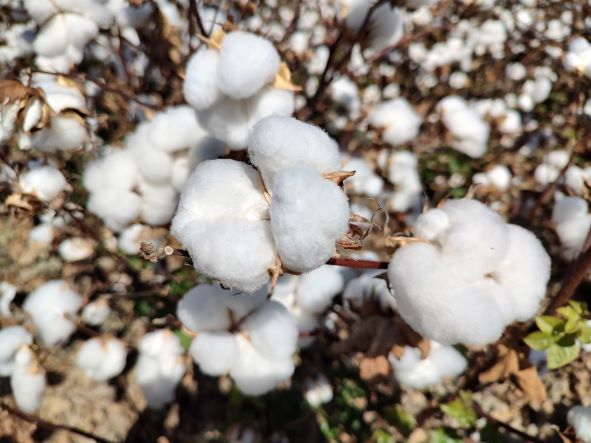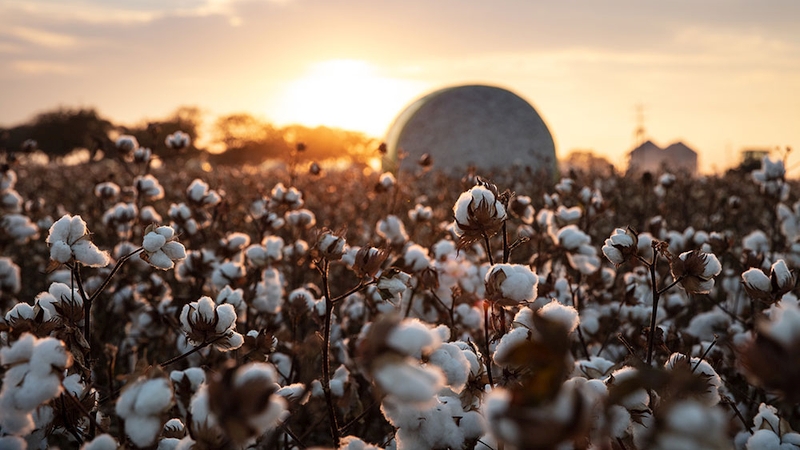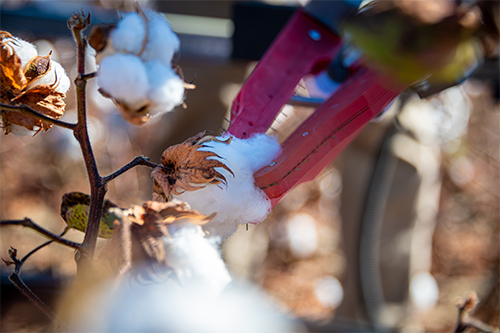Plexus: Strong Rally Pushes Market Out of Sideways Trend
N.Y. futures exploded this past week, as December rallied 382 points to close at 89.25 cents, while March gained 358 points to close at 87.16 cents.
When the market moved above a two-month old triangle formation on August 7, it generated a flood of new speculative buying that lifted the December contract to its highest close in over 15 months. The high of 89.42 cents came within reach of the 89.56 cents intraday high that marks the upper end of a sideways trend dating back to early February.
This means the market has arrived at a critical juncture. A move above this sideways trend would likely invite additional spec buying and propel the spot month into the low-to-mid 90s. Failing to do so, however, could lead to a sharp selloff.
The huge jump in open interest was surprising, which indicates that this rally was fueled by new spec buying rather than trade short covering. Total open interest increased to 186,221 contracts, with December leading the way by adding 8,373 lots. The 154,489 open interest in December is the highest for this date in five years.
This means we currently have a large contingent of spec longs (estimated at around 8.5 million bales net) facing off against an even larger block of trade shorts (estimated at 15.5 million bales net), with Index Funds (7.0 million bales net long) making up the difference. However, Index Funds are going to remain passive until we get to the roll period at the end of October or early November.
With the next major notice period over three months away (October, with 247 contracts in open interest, doesn’t really count), this battle between spec longs and trade shorts is currently as much about money as it is about cotton. It wouldn’t be the first time the cotton trade has been taken hostage by spec raiders with deep pockets.
Even though the current trade net short position is not quite as large as the 23.8 million net short of early 2008, it still hurts to pay margin calls in the neighborhood of 80 million dollars for every cent the market advances. This is particularly painful since there is currently not much cash business to offset these losses, as most of the cotton these futures and options are hedging has yet to be produced. The U.S. crop is still in the field, and Southern Hemisphere crops have yet to be planted.
This begs the question whether enough credit lines are available to service additional margin calls against collateral that only exists on paper so far. Or, are some of these shorts going to be forced to cover if the market advances any further?
U.S. export sales amounted to 99,400 running bales of Upland and Pima last week, with 18 markets participating in the buying. Meanwhile the pace of shipments increased to 177,500 running bales, probably because nearly 600,000 bales of de-certified cotton has become available for shipment.
For the 2012/13 season, the final export number of 13.1 million statistical bales falls about 0.2 million bales short of the most recent USDA estimate, while the carryover of around 1.0 million statistical bales brings total outstanding commitments for the 2013/14-season to 3.45 million statistical bales – nearly a million bales less than a year ago. The most recent USDA export estimate of 11.0 million bales, however, still looks achievable, even if China is less active on the import front than last season.
Where do we go from here? The trade is hoping for a bearish USDA report to put a lid on this advance. If that doesn’t happen, the trade will be more or less defenseless against additional spec buying, since we cannot imagine that it will be able to increase its already sizeable short position by much more. Our concern is that there are nearly 48,000 call options open in December 88 to 100 strikes, with the trade being short a lot of them. Over 14,000 of those are in December 90 calls, and they are getting dangerously close. If the market were to move higher, the trade would have to either buy futures, buy options or roll them higher in order to prevent its short position from getting any bigger.
The strength in spot December has pulled the board further apart, leading to sizeable inversions all the way out to December 2014. While the inversion between December 2013 and March 2014 makes sense given the nearby tightness, we don’t necessarily agree with the 253-point inversion that currently exists between March and July. This seems to have more to do with the fact that December is pulling up March and July is encountering hedge pressure from producers in Brazil and Australia, than with any fear that cotton will remain in short supply all season long. We therefore expect the March/July inversion to disappear once the current dynamics subside.
The above is an opinion and should be taken as such. Plexus cannot accept any responsibility for its accuracy or otherwise.








